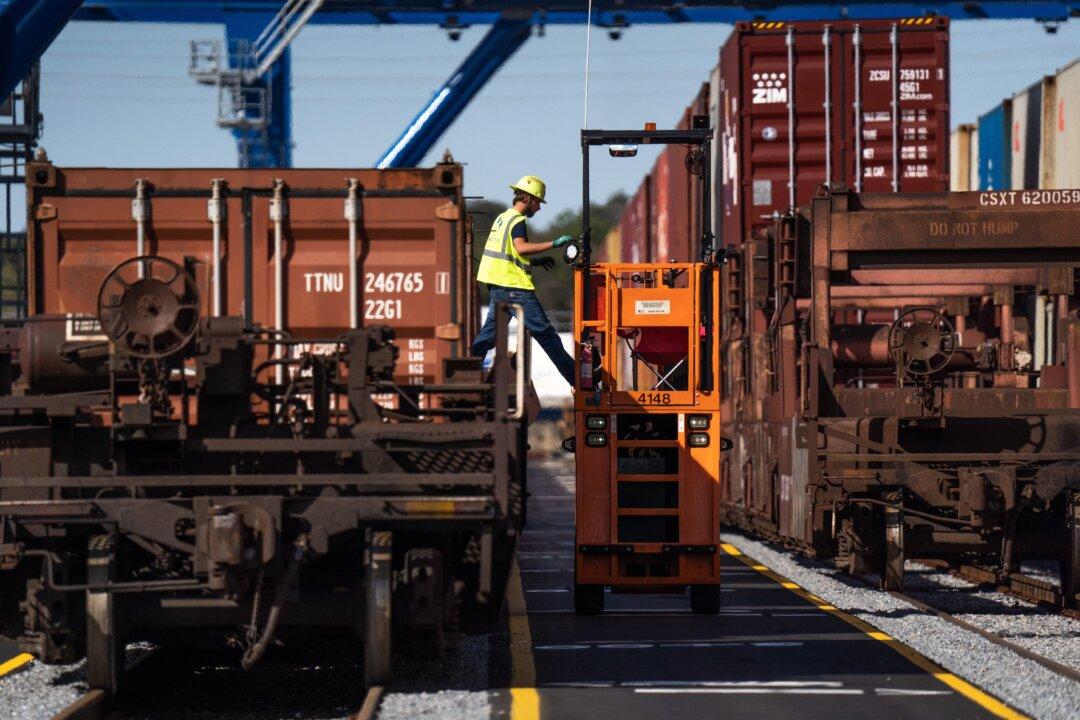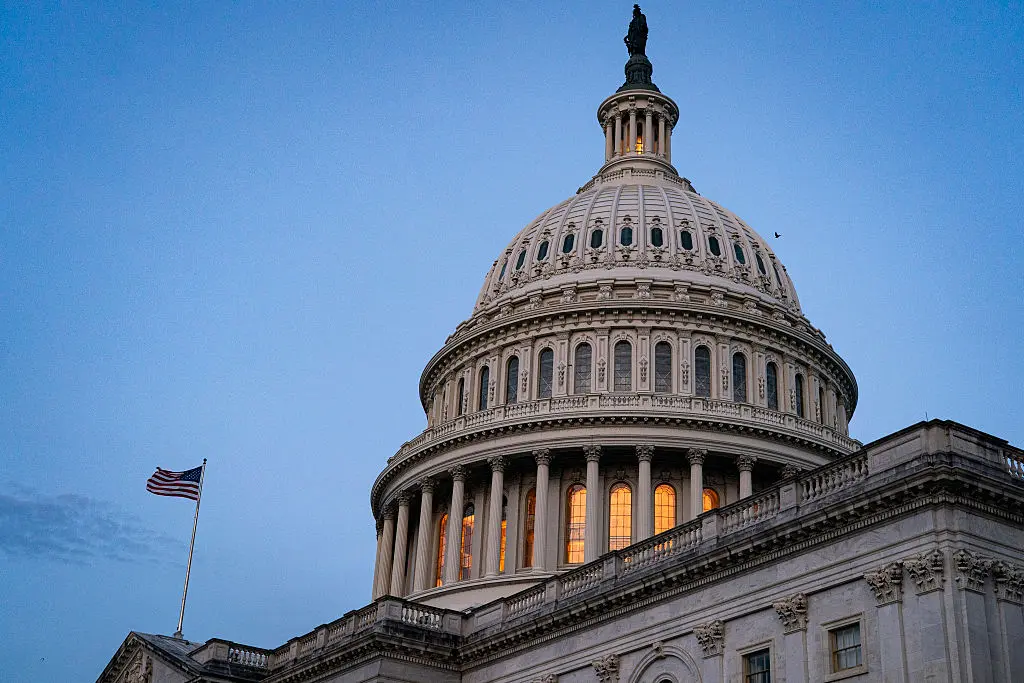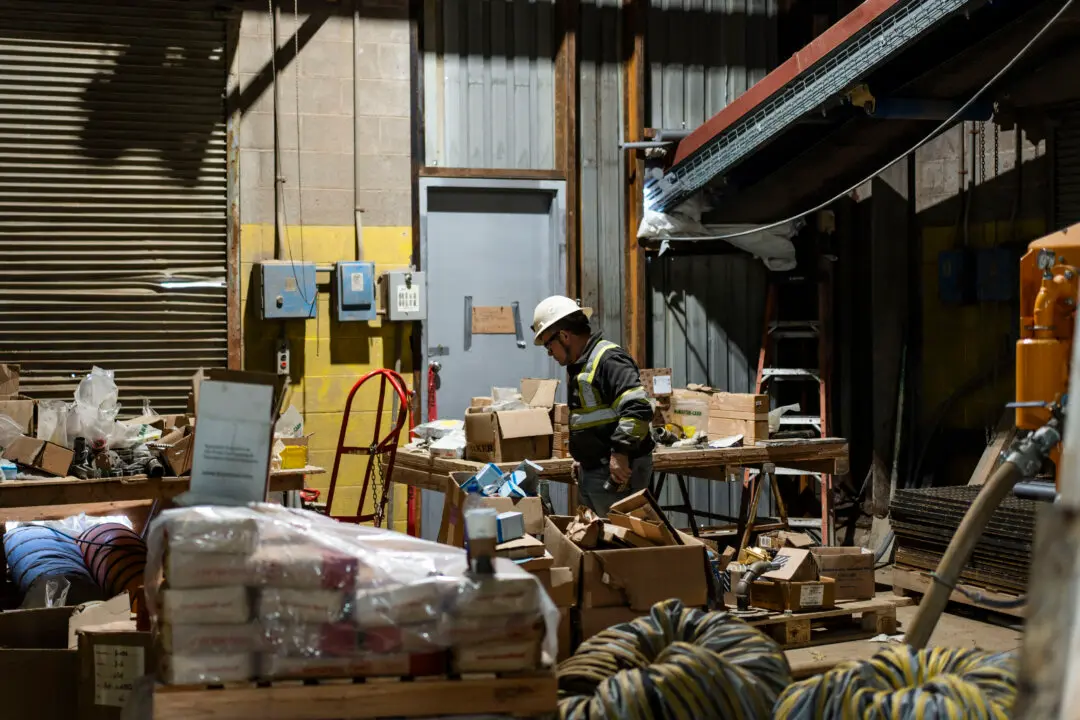More than 400 groups have signed onto a letter asking congressional leaders to intervene in the freight railroad labor standoff that threatens to turn into a crippling strike that could inflict billions of dollars in economic damage.
The Nov. 28 letter (pdf)—addressed to House Speaker Nancy Pelosi (D-Calif.), House Minority Leader Kevin McCarthy (R-Calif.), Senate Majority Leader Chuck Schumer (D-N.Y.), and Senate Minority Leader Mitch McConnell (R-Ky.)—warns that the looming strike would be “extremely damaging to American families and our economy, costing $2 billion per day.”





